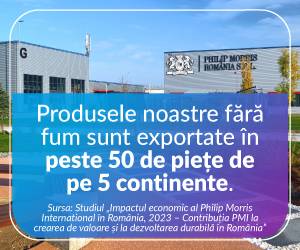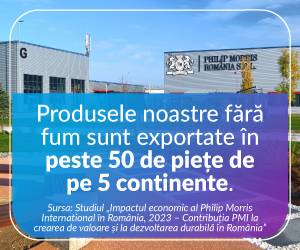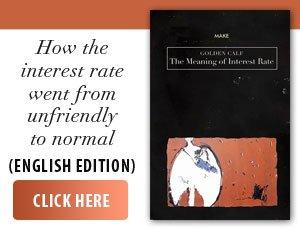Domestic football is starting to mature financially, according to statements by the leadership of the Romanian Football Federation. A first example, the president of the FRF, Răzvan Burleanu, confirmed in a press conference that Dinamo Bucharest can submit the UEFA license file for next season. The decision comes after the club managed to emerge from insolvency before the established deadline, June 30. "Considering that Dinamo emerged from insolvency before June 30 of this year, we confirm that Dinamo can submit the UEFA license file for the next competitive season," Burleanu said. This news brings optimism among Dinamo supporters, who dream of the team's presence in European cups again after years of financial and sporting instability.
• Only two clubs in insolvency
Currently, only two clubs in League I and League II are in insolvency, a significant improvement compared to the 2016 and 2022 seasons, when six clubs were facing this situation. "If we have the ability, at the end of October, to make very important decisions regarding licensing and financial monitoring, we will be able to keep these financial difficulties under control,” the FRF president stressed.
• Major changes to the licensing manual
The FRF intends to implement essential changes to the licensing and financial monitoring system, in collaboration with UEFA. Among the priorities are: increasing awareness among clubs about the importance of licensing, better training of experts and clubs in lower leagues, digitalization and transparency of the process. "We want to bring more predictability, digitalization and transparency, following the model implemented in 2017 in the academies classification”, Burleanu pointed out.
• Sponsorships exceed TV rights
A significant change can be observed in the structure of the Super League clubs' revenues. If in the past TV rights represented the most important source of financing, in 2024 sponsorships and advertising rose to first place, with 29% of total revenues. TV rights decreased from 35% to 22%, while ticketing revenues increased to 16%. "The Romanian professional football economy recorded in 2024 the best cumulative net result since the beginning of the pandemic. Clubs not only recovered their losses, but also exceeded their revenues by 68% compared to the best year before the health crisis”, Burleanu emphasized.
• Investments in infrastructure: Mogoşoaia and Buftea
In addition to financial reforms, the FRF also announces substantial investments in infrastructure. In Mogoşoaia, a new grandstand worth 860,000 euros plus VAT will be built, and in Buftea, a one-million-euro investment is underway in a modern recovery space.
Both projects are scheduled to be completed in February 2026. "We will have facilities for the national teams, for organizing press conferences, but also for a strategic project: the VAR hub in Romania. In two years, we will move from minivans to a central headquarters, which will reduce expenses and increase sustainability,” explained Burleanu.
The financial data, the decrease in the number of insolvent clubs and the new investments indicate a visible progress of Romanian football. However, challenges remain, and the implementation of licensing reforms and the economic stability of the clubs will be decisive for the future.



















































